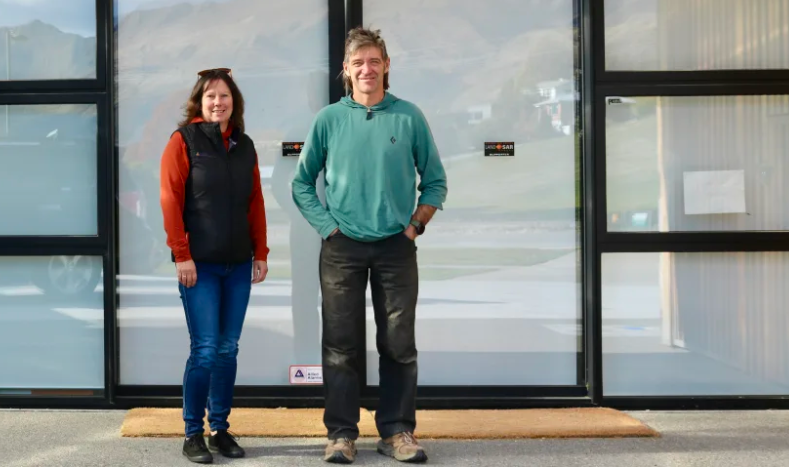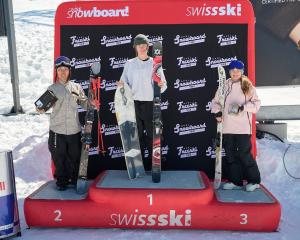
Wānaka search and rescue teams are responding to more avoidable accidents as unprepared people venture deeper into the back country, lured partly by the influence of social media and websites.
Volunteers said they had observed more people "lost and out of their depth" in 22 rescue operations between October 2024 and March this year, including nine alpine cliff rescues, three swiftwater or canyon rescues and three sub-alpine or bush rescues.
Alpine cliff rescue team leader Davie Robinson said the type of call-outs had changed in his 25 years with Wānaka Search and Rescue.
"We're definitely seeing more and more accidents that generally shouldn't be happening.
"When you're rescuing people that don't really need rescuing, we're getting a little bit frustrated because one day we will have an accident. And it's just a matter of time and numbers."
Robinson highlighted the summer rescue of three women near the Brewster Glacier in Mt Aspiring National Park who were stuck in "steep, dangerous country" - one of 17 call-outs in three years on the Brewster Track.
They called for help using the satellite text function on their phones and were winched to safety by helicopters in bad weather at night in "scary" conditions for rescuers, he said.
"As soon as we get a helicopter in bad weather, the danger increases. We start doing that stuff at night that [danger] ratchets up again. Sending out a beacon, we're going to assume it's the worst-case scenario. So we're going to try really hard to get there."
Robinson said people were venturing into the backcountry without learning how to read a map and compass or properly preparing for alpine hikes.
"It's a combination of the Insta kind of thing - people just flashing up great photographs of an alpine lake ... but at the same time it's an alpine walk, in alpine terrain, with alpine hazards.
"There's also a lot of ultra-light travel going on now, so if people have got better and better at doing stuff, they've tended to go lighter and lighter. It might be websites like Fastest Known Time ... Strava, all those apps that are recording stuff, advertising it.
"So you quite often go in the backcountry and you're rescuing people who are following some ultra-runner's route."
Wānaka Search and Rescue said many other rescues were the result of genuine accidents, where people had not necessarily done anything wrong.
Chair Raewyn Calhaem said Australian woman Claire Frances Connell, who died while hiking the Te Araroa trail near Lake Hāwea in February, slipped and fell "in just the wrong place".
Later that month, Argentinian Hector Gaston Artigau slipped on the Rob Roy Glacier track and fell into the river. His body was believed to be trapped in one of the deep Rob Roy stream canyon pools.
Search crews spent more than 800 volunteer hours over nine days, using dog teams, underwater cameras, probes and other specialist equipment in what Calhaem said was an "extraordinarily difficult" attempt to find him.
"This was unquestionably the most difficult operation we have undertaken ... we deeply regret we could not bring appropriate closure to Hector's family," she said.
Hikers should 'start easy, get full info'
Calhaem said mistakes or accidents were always possible but people should prepare by starting with easy trips and visiting the Department of Conservation and Mountain Safety Council's websites for information about specific hikes, recommended equipment and weather warnings.
"You can be extremely well prepared and still have an accident, but there are things that people can do to try and mitigate that risk," she said.
"The thing with New Zealand back country is it's open and accessible to everybody. You can't close it off and for the majority of people, it's fine, it's just every now and then people get themselves in trouble or they accidentally put themselves somewhere that they shouldn't be."
Wānaka Search and Rescue was fortunate to be financially well-established, with a highly-skilled team that often dropped everything to come to the aid of the lost, missing and injured, she said.










